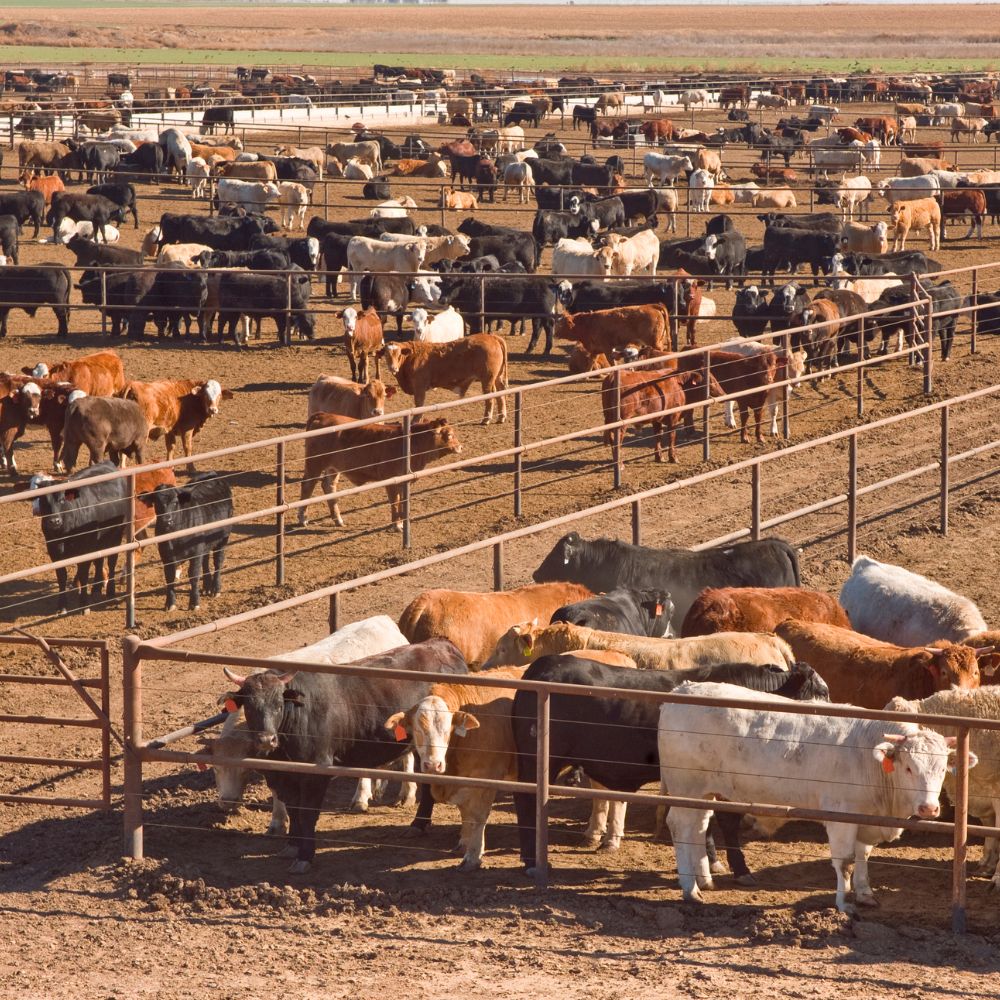Recognizing Livestock Risk Security (LRP) Insurance Coverage: A Comprehensive Overview
Navigating the realm of animals risk protection (LRP) insurance policy can be a complicated undertaking for many in the agricultural market. From exactly how LRP insurance operates to the various insurance coverage alternatives readily available, there is much to reveal in this detailed overview that could potentially shape the way animals manufacturers come close to danger monitoring in their businesses.

How LRP Insurance Policy Functions
Occasionally, comprehending the technicians of Animals Risk Protection (LRP) insurance coverage can be intricate, but breaking down how it works can give clearness for herdsmans and farmers. LRP insurance is a risk monitoring tool made to secure animals manufacturers versus unanticipated price declines. It's vital to keep in mind that LRP insurance policy is not an earnings warranty; rather, it concentrates only on rate threat defense.
Qualification and Protection Options

When it comes to coverage options, LRP insurance coverage provides producers the versatility to select the coverage level, protection period, and endorsements that ideal match their risk management needs. By recognizing the qualification standards and insurance coverage options available, animals manufacturers can make educated decisions to manage risk effectively.
Advantages And Disadvantages of LRP Insurance Policy
When reviewing Animals Danger Security (LRP) insurance, it is necessary for livestock manufacturers to weigh the benefits and negative aspects integral in this risk monitoring device.

One of the key benefits of LRP insurance coverage is its capacity to give defense versus a decline in animals prices. Furthermore, LRP insurance policy provides a level of adaptability, permitting producers to customize coverage levels and policy durations to suit their particular needs.
Nevertheless, there are also some drawbacks to consider. One limitation of LRP insurance policy is that it does not protect against all sorts of threats, such as condition episodes or all-natural disasters. Premiums can sometimes be pricey, specifically for manufacturers with big livestock herds. It is crucial for manufacturers to carefully evaluate their individual danger exposure and financial scenario to figure out if LRP insurance is the appropriate danger management tool for their procedure.
Understanding LRP Insurance Premiums

Tips for Optimizing LRP Advantages
Making best use of the benefits of Livestock Danger Security (LRP) insurance needs strategic planning and positive danger management - Bagley Risk Management. To make the many of your LRP insurance coverage, take into consideration the adhering to pointers:
Frequently Examine Market Problems: Stay informed concerning market fads and rate fluctuations in the livestock industry. By keeping an eye on these factors, you can make educated decisions concerning when to acquire LRP insurance coverage to shield against potential losses.
Set Realistic Protection Levels: When selecting protection levels, consider your production expenses, market value of livestock, and potential risks - Bagley Risk Management. Establishing reasonable protection levels ensures that you are appropriately protected without paying too much for unneeded insurance coverage
Expand Your Protection: Rather than counting entirely on LRP insurance coverage, consider expanding your risk administration Extra resources strategies. Combining LRP with various other danger management devices such as futures agreements or options can supply extensive coverage versus market uncertainties.
Review and Readjust Coverage Frequently: As market conditions alter, periodically examine your LRP protection to ensure it aligns with your current danger direct exposure. Readjusting protection levels and timing of purchases can help optimize your threat defense strategy. By complying with these ideas, you can maximize the advantages of LRP insurance policy and secure your animals operation versus unanticipated risks.
Verdict
Finally, animals threat security (LRP) insurance policy is a valuable tool for farmers to take care of the financial dangers related to their animals operations. By recognizing how LRP site works, eligibility and insurance coverage options, along with the benefits and drawbacks of this insurance policy, farmers can make educated decisions to secure their incomes. By meticulously considering LRP premiums and carrying out approaches to optimize advantages, farmers can alleviate potential losses and ensure the sustainability of their operations.
Livestock manufacturers interested in acquiring Livestock Danger Security (LRP) insurance policy can explore a range of eligibility criteria and coverage choices customized to their details animals procedures.When it comes to coverage options, LRP insurance provides manufacturers the versatility to choose the coverage degree, coverage period, and endorsements that best suit their risk management needs.To understand the ins and outs of Animals Threat Security (LRP) insurance coverage totally, comprehending the aspects affecting LRP insurance policy costs is critical. LRP insurance policy costs are determined by click this link numerous aspects, including the insurance coverage level chosen, the anticipated cost of animals at the end of the protection duration, the kind of animals being guaranteed, and the length of the coverage duration.Testimonial and Change Coverage Frequently: As market conditions alter, regularly assess your LRP protection to guarantee it lines up with your present danger exposure.